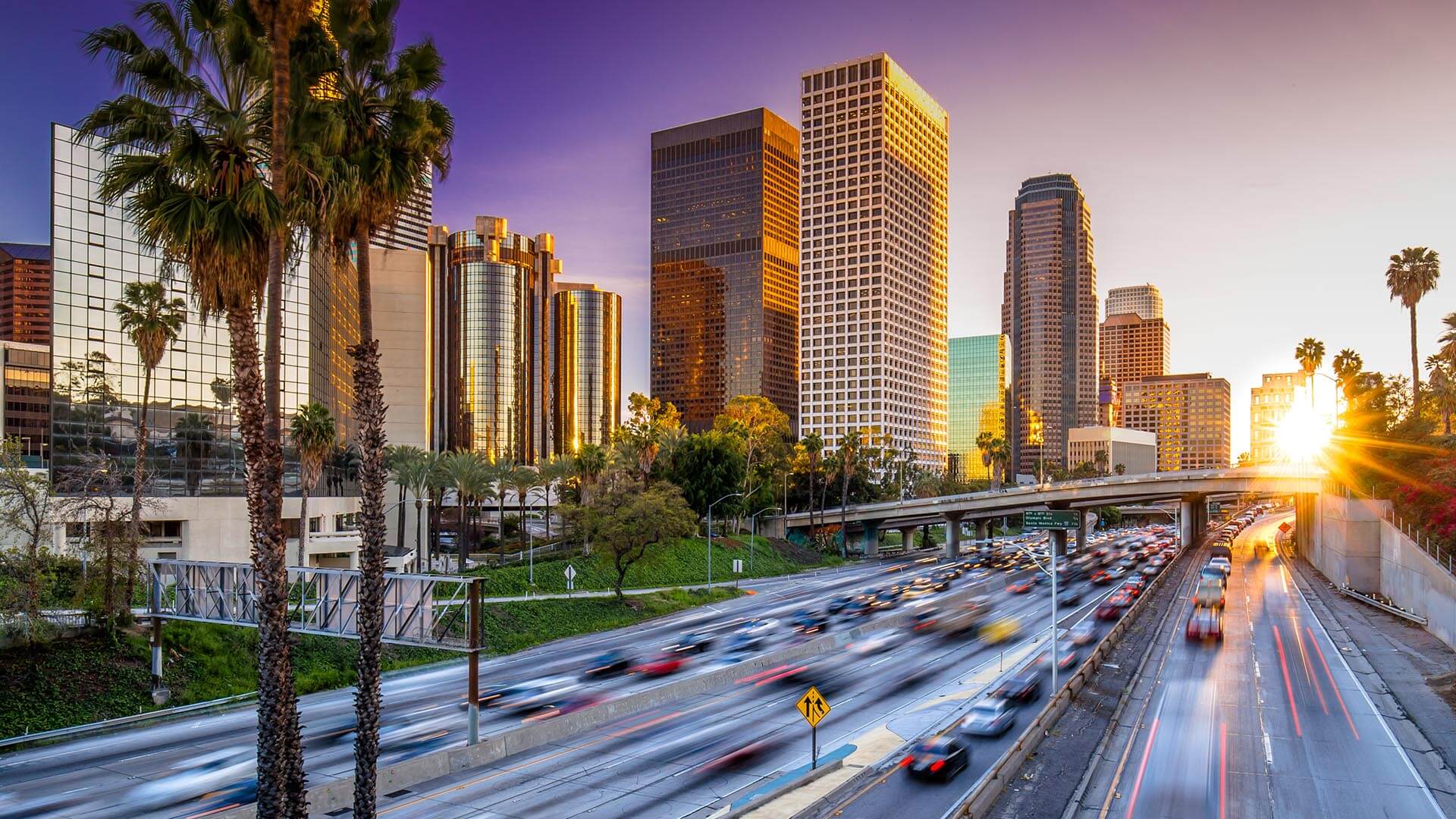As business executives and HR planners grapple with new vagaries—employees reluctant to commute to the office, AI’s potential to replace human work—they can add another to the list: traffic noise is hampering productivity.
A study out of Sweden’s Chalmers University of Technology showed that even a modest level of traffic noise—softer than the hum of most household refrigerators—can distract employees from their work.
This may strike some executives as a difficult datapoint to weave into location decisions. Yet modern location technology—already used by many leading companies—has for years helped planners make sense of the noise.
Sounding Out the Cost of Traffic Noise
When Chalmers researchers asked study participants to perform concentration tests, traffic noise of only 40 decibels led to poorer results. That’s similar to the noise level of a library. Moreover, subjects didn’t just perform worse; they were also more likely to report feeling overwhelmed.
The findings come as Fortune 500 businesses and big cities are, as the saying goes, working on their relationship. The pandemic drove some professionals to smaller cities and others to swear off commuting altogether. In many cases that has left executives with excess workspace and thorny questions about their future in big cities.
Some landlords see an opportunity in the breach. Vornado Realty Trust, a prominent national property owner, is investing $1.2 billion to overhaul two office buildings next to Penn Station, a major New York City transit hub. Companies with space in the towers hope that the central location will win over reluctant commuters.
Chalmers researchers might ask: But what about the noise?
Taming a Menu of Data When Considering Locations
No single factor determines where a business establishes its operations—whether that’s an office, warehouse, retail store, or research facility. In fact, the factors that planners consider have ballooned in the digital age, as IoT sensors deliver voluminous data on local conditions and AI models predict where success is likely.
As the data expands, the tools to make sense of it have, too. Geographic information system (GIS) technology—the engine of location analysis—now uses cloud processing and data science to convert troves of information into insight.
Empowered by those capabilities, location analysts across the business world routinely crunch massive, diverse datasets into insight that guides multimillion-dollar decisions. A site analysis might include stats on the local labor pool; the proximity of crime or weather hazards; the ease of access for employees; and amenities such as EV charging stations, teambuilding venues, and airport access.
Some executives might be surprised to learn that GIS software provides access to millions of these data points—traffic noise included.
A New Data Point, and Surely Not the Last
For years, location technology has helped decision-makers understand noise and its impacts. Airport planners have used GIS to map the intensity of takeoffs and landings and adjust flights to comply with noise ordinances. Highway planners routinely analyze noise studies.
Executives intent on creating productive workspaces in a new office or lab facility might analyze the US Department of Transportation’s data on noise levels. The resultant analysis might reveal a key difference between two otherwise similar locations, or underscore the need for sound dampening technology and creative interior design.
For executives planning their next business location, traffic noise might not be the first item to consider. But its link to productivity—and thus profitability—makes it worth examination, and location analysis makes that examination possible.











